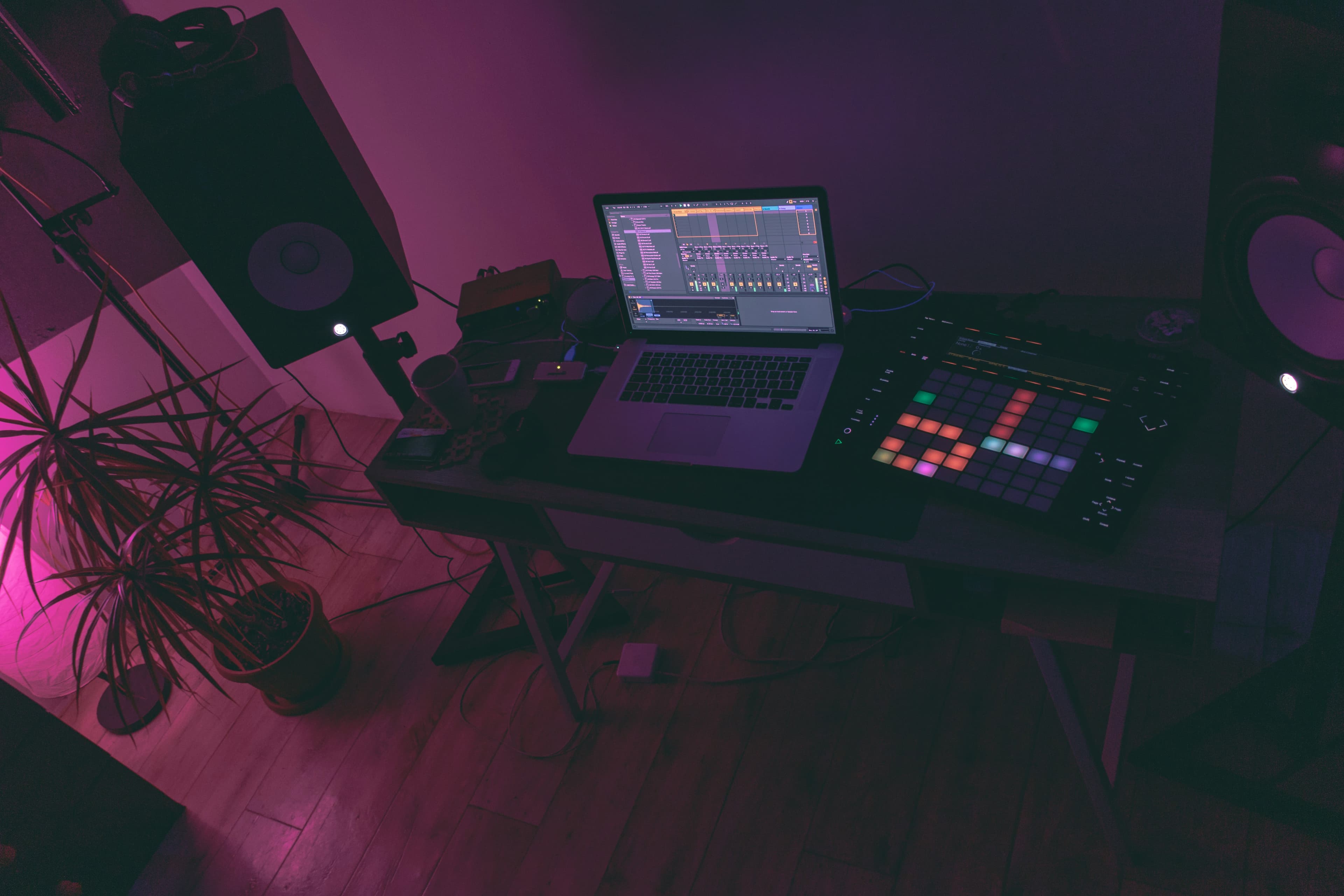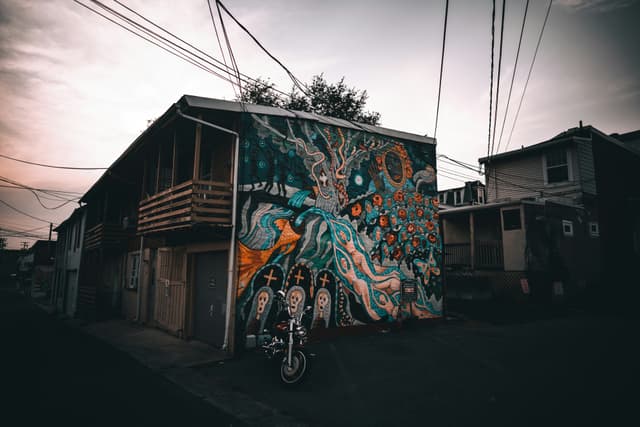Electronic music has evolved from a niche genre in underground clubs to a dominating force in global entertainment, shaping not only the music industry but also influencing fashion, art, and social movements. This article traces the evolution of electronic music, from its humble beginnings to its role as a cornerstone of contemporary culture.
The Birth of Electronic Sound: Early Experimentations
The story of electronic music begins in the mid-20th century, with experimental composers and innovators who sought to push the boundaries of sound. In the 1940s and 1950s, pioneers like Pierre Schaeffer and Karlheinz Stockhausen began to experiment with new electronic instruments and techniques, creating sounds that had never been heard before. Their works laid the foundation for what would later become the electronic music genre.
One of the earliest milestones was the invention of the tape recorder, which allowed for the manipulation of sound in ways that were previously impossible. This innovation allowed composers to layer sounds, distort them, and create complex audio textures. In the 1960s, artists like Wendy Carlos, whose Switched-On Bach album brought classical music to synthesizers, helped push the boundaries even further, showing that electronic music could transcend its experimental roots and gain mass appeal.
The Rise of Dance Music: The Birth of Disco and Early Club Culture
The 1970s marked a pivotal shift in the development of electronic music, with the rise of disco and the establishment of the first electronic dance music (EDM) subcultures. While disco was driven by a fusion of funk, soul, and electronic production, its pulsating beats and synth-heavy sound laid the groundwork for future dance music styles.
Disco’s popularity in nightclubs was not only a reflection of changing musical tastes but also the emergence of new social spaces where people could connect and escape. In cities like New York and Chicago, the club scene began to flourish, with iconic venues like Studio 54 and The Warehouse hosting DJs who experimented with electronic sounds. This period saw the birth of house music, techno, and other early forms of electronic dance music, driven by pioneers like Frankie Knuckles, Larry Levan, and Giorgio Moroder.
During this time, electronic music became closely associated with liberation and self-expression, especially within marginalized communities such as the LGBTQ+ and African American populations. These communities found a voice in the underground club scene, where music and identity converged to create a culture of inclusivity, freedom, and celebration.
The '90s Explosion: Rave Culture and the Mainstream Breakthrough
The 1990s witnessed an explosion of electronic music into mainstream culture, fueled by the rise of rave culture and the explosion of genres like techno, trance, drum and bass, and euro-dance. Raves, which were often underground, secretive events in warehouses or open fields, became the epicenter of a global youth movement. The ecstasy-fueled dance parties brought together diverse groups of people, creating a sense of unity and collective joy.
At the same time, electronic music began to make its way into the commercial music charts. The success of artists like The Prodigy, Fatboy Slim, and Moby brought electronic music to a wider audience, helping to solidify its place in the global music industry. The “rave” culture, with its distinct fashion—neon colors, glow sticks, and oversized pants—became a global phenomenon, influencing mainstream fashion trends and youth culture.
The 1990s also saw the rise of large electronic music festivals like Tomorrowland in Belgium and Ultra Music Festival in Miami. These events, which continue to thrive today, represent the sheer scale of electronic music’s global influence, drawing hundreds of thousands of fans from all over the world.
The Digital Revolution: EDM's Global Takeover
In the 2000s, electronic music entered its most commercially successful phase. The proliferation of digital music production tools, software, and accessible distribution platforms allowed for a new wave of electronic producers to emerge. Software like Ableton Live and Logic Pro made it easier for aspiring artists to produce high-quality tracks without needing expensive studio equipment, democratizing the creation of electronic music.
Artists like Daft Punk, Deadmau5, and Calvin Harris dominated the charts, bringing electronic music to the forefront of popular culture. The fusion of electronic music with mainstream pop, hip-hop, and rock led to a new hybrid genre that appealed to broader audiences. EDM, or electronic dance music, became synonymous with major music festivals, where tens of thousands of fans would gather to experience massive light shows, pulsating beats, and the high-energy performances of their favorite DJs.
The growth of the festival culture was paralleled by the rise of superstar DJs. Figures like David Guetta, Avicii, and Skrillex became household names, and their music dominated the airwaves and streaming platforms. In 2012, Swedish House Mafia’s One Last Tour became one of the highest-grossing DJ tours of all time, marking the peak of EDM's commercial success.
The Cultural Impact of Electronic Music
The impact of electronic music goes far beyond the realm of music. It has profoundly influenced fashion, art, and popular culture. The neon colors, futuristic aesthetics, and rave-inspired fashion of the '90s have seen a resurgence in mainstream culture, influencing the designs of luxury brands and streetwear lines alike.
Moreover, electronic music has played a significant role in shaping the digital landscape. The rise of streaming platforms like Spotify, SoundCloud, and Apple Music has been pivotal in spreading electronic music worldwide, allowing listeners to easily discover new artists and subgenres. Platforms like YouTube have enabled artists to showcase their music videos and performances, further building the digital culture surrounding EDM.
In addition to shaping fashion and digital culture, electronic music has also influenced visual art. From the digital projections and light shows at major music festivals to collaborations between artists and visual designers, electronic music has merged with the visual arts to create immersive experiences that engage multiple senses. This convergence has led to a new generation of artists who combine music and visual design to push the boundaries of what a live performance can be.
The Future of Electronic Music: Innovation and Diversification
Looking toward the future, electronic music continues to evolve at a rapid pace. Artists are increasingly blending traditional genres like jazz, classical, and folk with electronic production, creating innovative and genre-defying sounds. In addition to the growth of subgenres like deep house, dubstep, and trap, artists are experimenting with AI-driven music production, interactive performances, and virtual reality experiences, offering a glimpse of what the future of live music might look like.
As the boundaries between genres blur and new technologies emerge, the global electronic music scene shows no signs of slowing down. The genre’s ability to adapt to new trends while staying true to its core values of innovation and experimentation will ensure its relevance in the years to come.
Electronic Music's Lasting Legacy
Electronic music has come a long way from its experimental roots in the mid-20th century to its position as one of the most influential cultural forces today. From shaping the nightlife of cities around the world to influencing art, fashion, and technology, electronic music has left an indelible mark on contemporary culture. As the genre continues to evolve, its impact will undoubtedly continue to shape the way we experience music, art, and culture in the digital age.
Loading...



